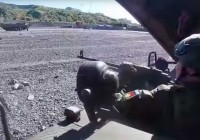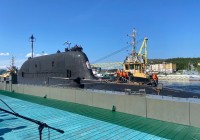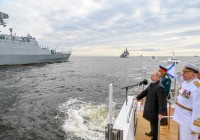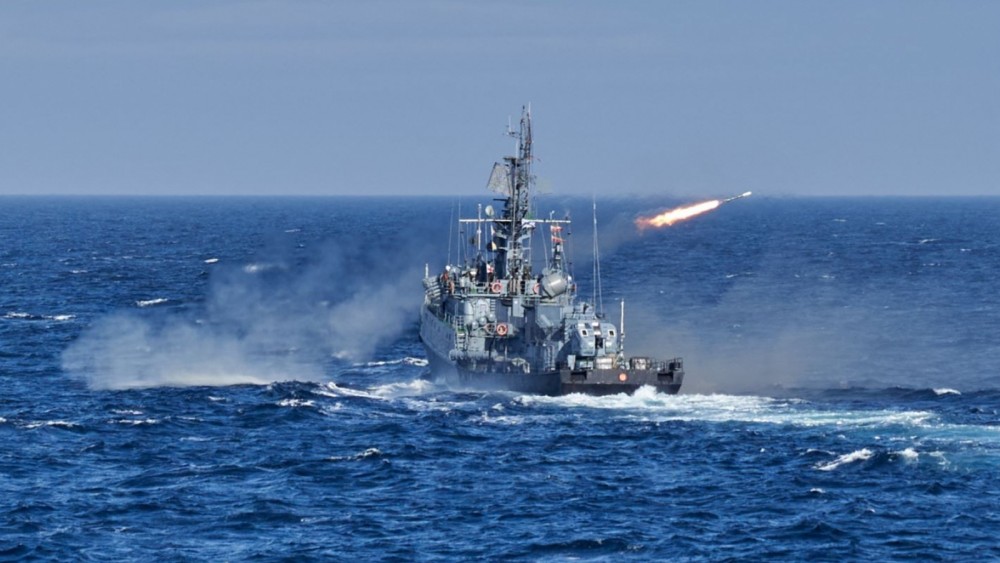
Northern Fleet kicks off “special military exercise”
ADVERTISEMENT
The first part of the naval drill, described as special military exercise, took place in the Barents Sea, the press service of the Northern Fleet informs.
The world has got used to Putin’s terminology “special military operation” as a branding of the full-scale war on Ukraine. A Russian journalist can actually be put in prison if not using the term, but instead naming the war what it is: a war.
This Northern Fleet’s exercise, however, is the first time such branding is used to describe no-Ukraine related military maneuvers.
Kristian Åtland, a senior researcher at the Norwegian Defence Research Establishment, elaborates:
“It seems that the phrase special military has become an integral part of the Russian military vocabulary. In the past two and half years, this phrase has been used extensively in all official communications and media reports about the Russian operation in Ukraine. Now it is also being used to characterize an unrelated naval exercise in the Barents Sea.”
Åtland says the use of the phrase reminds him of what George Orwell in his novel 1984 called Newspeak, the fiction language in the totalitarian superstate Oceania.
Bastion defense
Headquarters in Severomorsk do not specify if the current anti-sub exercise is a start of the expected larger major Ocean-2024 that was announced by former Defense Minister Sergei Shoigu last December to take place this year. If kicking off, a logic first phase for the navy would be to train bastion defense in the north as Russia’s important ballistic missile submarines are based on the Kola Peninsula.
ADVERTISEMENT
Anti-submarine warships from the Kola Flotilla in Polyarny, the larger Severomorsk-based anti-submarine ship Admiral Lavchenko together with Il-38 aircraft, Ka-27M helicopters fighting against simulated enemy submarines by using depth charges and torpedoes just north of the Kola Peninsula.

“From what I understand, the primary focus of the ongoing special military exercise in the Barents Sea is anti-submarine warfare (ASW) and multi-domain bastion defense. This is also the primary role of most of the participating military naval and air assets,” says Kristian Åtland.
He note that since the start of Russia’s full-scale invasion of Ukraine in February 2022, there has been an increased focus on nuclear deterrence.
“Given that more than half of Russia’s sea-based strategic nuclear warheads are carried by strategic submarines that operate from the Kola Peninsula, the renewed Russian focus on the need to protect and defend the Northern Fleet’s traditional SSBN patrol areas in the Barents Sea should not come as a surprise,” Åtland says.
Fighting drones
Earlier this year, the Northern Fleet started to pay particular attention to countering unmanned underwater- and aerial vehicles, as well as anti-sabotage operations.
“During the exercise, the Russian navy specialists were shown methods of defending the fleet’s bases, organising counteractions to unmanned boats, unmanned aerial vehicles and other robotic systems of a simulated enemy,” the press service informs.
As Ukrainian Armed Forces both in July and August attacked the Olenya airfield south of Murmansk with long-range drones, this scenario has become most real to train also for the Northern Fleet. Severomorsk is a short 100 kilometers north of Olenya airfield.
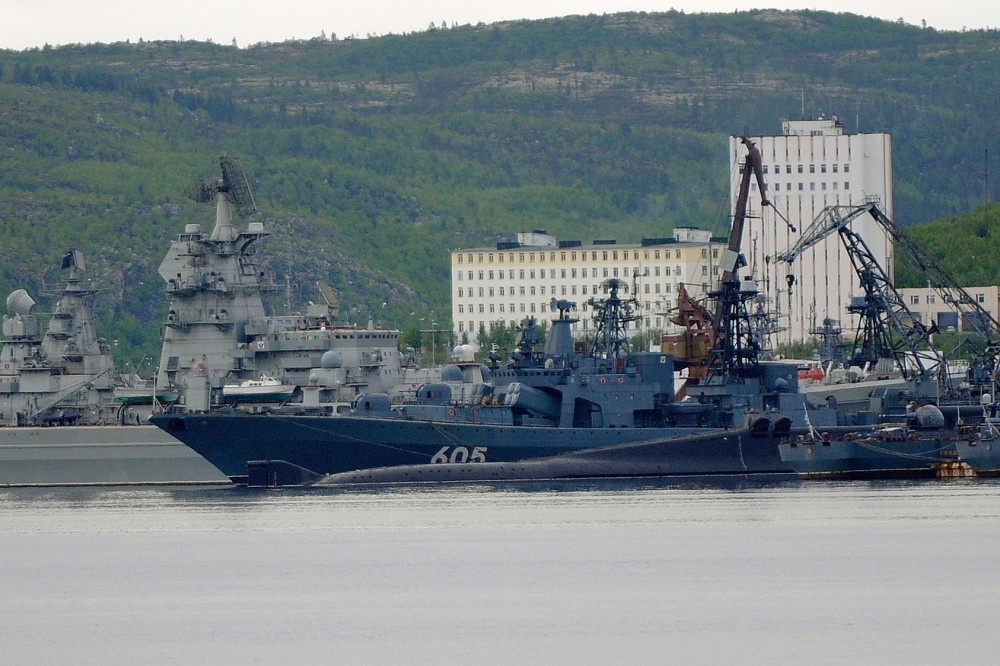
ADVERTISEMENT
The Barents Observer Newsletter
After confirming you're a real person, you can write your email below and we include you to the subscription list.




